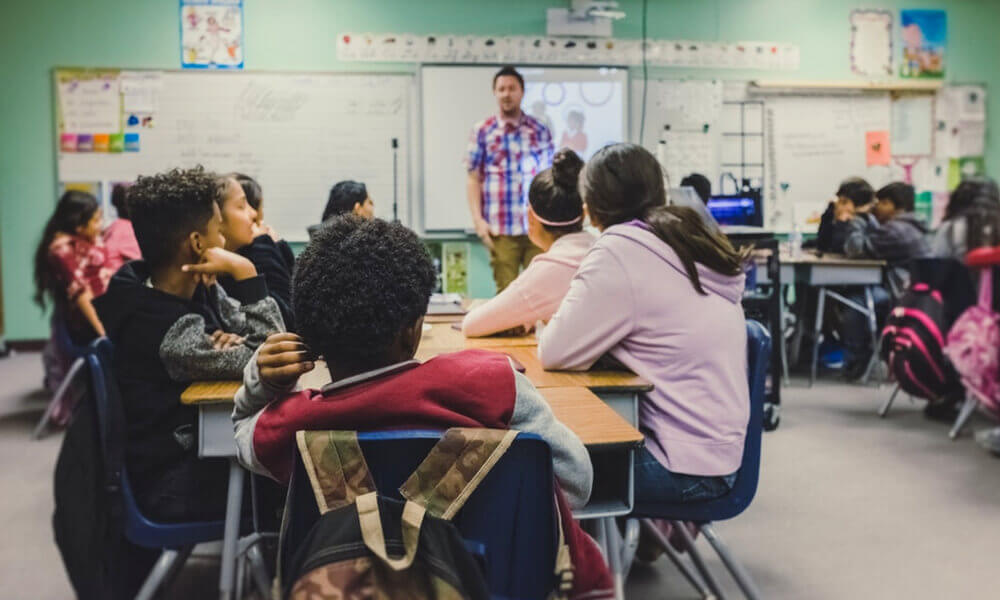Can 3D printing in the classroom be used in elementary school?
Yes! Mrs. Brown, a teacher from St. Stephen School, used 3D technologies to find and solve a real-world problem: her daughter’s foot issue. The toddler has a problem with her legs and has to use special straps to be able to walk.
Of course, as she grows and becomes more active she struggles more with the straps on her legs. They would make her feel uncomfortable, fall off and they were making it hard for her to play with other children. Ultimately they were a distraction for the girl to develop properly.
Mrs. Brown decided to introduce 3D printing lessons. She started talking with the students about real-world problems and how to incorporate 3D printing technologies. The 6 students decided to help her daughter by designing 3D printed clips.
They had to think not only about the little girl’s comfort but also about safety measurements in cases such as swallowing the clip. Studying the straps and practicing on a doll, they came up with different solutions using 3D software to visualize their ideas.
Thanks to a 3D printer they had at school they were able to make prototypes and come up with the best design. The obvious benefits of 3D printing used for this project are the low cost and fast production time, but 3D printing for education allowed the young students to create fully functional parts to help the little girl overcome the disadvantages.
Science classes with 3D printed models
In Napa New Technology High School, 3D printing is widely used for different purposes. Teacher, Shawn Carlton, sees the potential of incorporating 3D printing in education. He emphasizes how 3D technology helps to develop different sets of skills, such as thinking outside the box, problem-solving, and many others. 3D printing stimulates creativity through different educational projects, it helps students to understand math and physics better, for example, the students can easily design complex models and 3D print them to help them understand the laws of physics.
Additive Manufacturing is also a very satisfying way of learning. The student has to first understand the task or work on solving the problem with his 3D designed model, and after weeks of designing and testing, they are rewarded with a 3D printed model. Such a way of learning is very motivating for the students as they can actually see the results of their hard work.
3D printed fossils of the University of Florida
The University of Florida is known for its investment in 3D printing for educational purposes. The University took fossils from the Florida Museum of Natural History’s digital collections. These fossils included bones from three-toed horses, giant ground sloths, and a Megalodon. Using these, the University was able to create replicas of them using 3D printing.
The creation of these 3D printed fossils encouraged students to use their brains differently. Moreover, by using these 3D printed replicas of fossils, they were able to interact with fossils, in ways that would’ve normally been impossible.


 Connect with Google
Connect with Google Connect with Facebook
Connect with Facebook